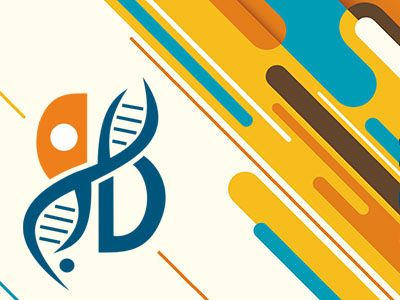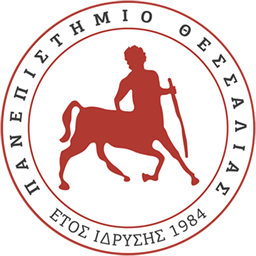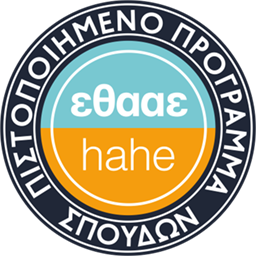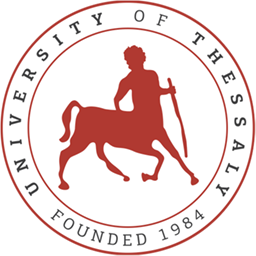Specialized modules in environmental Microbiology

Theory: 2 hours/week | Tutorials: 1 hour/week | ECTS Units: 3
Content – Aim of the course
The main aim of the course is to demonstrate to the students the key role of microorganisms on major functions and ecosystem services and identify evolutionary mechanisms used by the microbes and their use for biotechnological exploitation. In this frame students are expected to get a deep understanding of the interactions of microorganisms with other organisms like plants and animals, of the key role of the mobilome and plasmidome on the genetic plasticity of bacteria and the ecological role of protozoa and cyanobacteria which are less studied but particularly important in tuning ecosystem functioning.
Analytical Description of the Course
Lectures will discuss the following topics:
- Microbial consortia and their role in the environment. How we study them and what we know about them
- Plasmids, transposons and horizontal gene transfer: Their role in the function of natural and artificial ecosystems. How do we study them and how we could exploit them in biotechnology
- Natural microbial toxins: Which microbes they produce them and why? Biosynthetic pathways and biotechnological exploitation
- Cyanobacteria and cyanotoxins: Genetics and environmental effects
- Protozoa: their ecological role and interactions with other microorganisms across the soil food web
- The microbiome of insects, plants and animals: their role, interactions with the environment and biotechnological exploitation
- Microbial antibiotics resistance: Mechanisms, environmental dispersal and mitigation measures
- Microbial degradation of antibiotics and pharmaceuticals – environmental aspects and biotechnological exploitation
- Aeromicrobiology
- Aquatic microbiology
Assessment
The assessment of the students performance will be three-step:
- Presentations by the students of a publication assigned to them (10 min presentations performed one at each lecture) (20%)
- An assay presented by the students at the end of the semester on a topic assigned to them. (40%)
- Written Exams (40%)
In order to complete the course successfully the students should be participate in all three examination steps.
Reading Suggestions
- Environmental Microbiology 3rd Edition Ian Pepper, Charles P. Gerba, Terry J. Gentry, Academic Press, ΙSBN-13: 978-0123946263
Teaching Material / E-class
Lecturers

Sotirios Vasileiadis (Course Coordinator)





